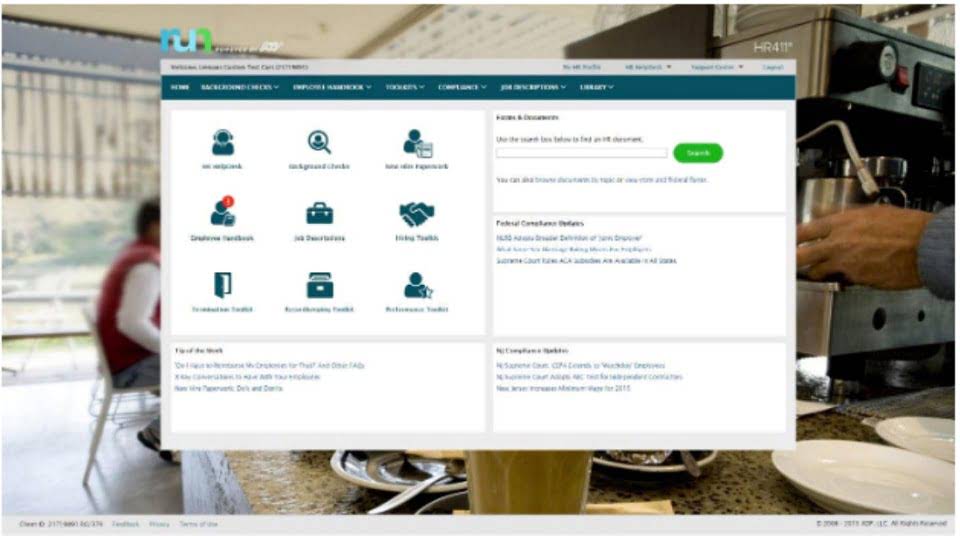
A deficit requires immediate attention, prompting budget adjustments and targeted fundraising efforts. This financial statement reports the amounts of assets, liabilities, and net assets as of a specified date. Nonprofit recordkeeping can get a bit challenging, so it is worth noting that accounting software exists to help nonprofits record transactions efficiently. For businesses, a balance sheet is a key financial statement that shows aaallll the things they own that can be distributed to shareholders. But nonprofits have nary a shareholder, so they use a statement of financial position. It’s basically the same as a balance sheet, showing assets (what you own), liabilities (what you owe), and net assets (total value) to provide a clear picture of your financial health.

Forecasting your cash flow, for example, can help your organization respond and adapt to immediate financial challenges. Equally important, cash flow forecasts are a vital tool for ensuring your nonprofit organization stays healthy and viable in the long run. According to the 2018 State of the Nonprofit Sector Survey report, fewer than 25% of nonprofit organizations had saved a six-month cash reserve, and most did not have even three months of expenses saved 3. If your nonprofit also struggles to maintain a cash reserve, now is the time to start addressing that issue. Having little to no cash reserve leaves nonprofit cash flow statement you extremely vulnerable to failure as a result of cash flow shortages and unforeseen expenses.

Or help you understand why your cash increased even as you lost money that quarter (maybe you dipped into your line of credit to make payroll). But many times they don’t fully understand what the report is, and what they’re looking for is something that’s not actually in the report. Essentially, it shows you how much money you’ve “made” or “lost” during that period, which is why it’s often called a Profit-And-Loss Statement (or an Income Statement) in a for-profit company. When a for-profit business has assets, they can usually use them however they want– to buy equipment, give raises, invest in real estate– but nonprofit assets are often more complex.


Nonprofits must file financial Accounting for Churches statements with the IRS to follow compliance laws, which is not the only reason they should include these activities. Providing detailed financial statements and an explanation of how these details help the organization and its beneficiaries strengthens relationships with donors and opens up opportunities to solicit significant gifts. As we mentioned earlier, many nonprofits use these financial statements in their annual reports to show transparency and build trust in their organization. Gross receipts are the primary difference between nonprofits and for-profit companies filing a statement of activities. Nonprofits use the statement of activities to review changes to their net assets and show revenue and expenses over the accounting year. You can check with GAAP and IFRS practices to ensure you’re correctly categorizing net assets.
When preparing cash flow statements, nonprofits have the option to use either the Direct Method or the Indirect Method. This method is appreciated for its clarity and transparency in contra asset account presenting cash transactions. In conclusion, the statement of cash flows is more than just a financial statement—it is a strategic asset that, when used effectively, can significantly contribute to a nonprofit’s success and longevity. These key components—operating, investing, and financing activities—provide a comprehensive view of a nonprofit’s cash flow and are critical for assessing the organization’s financial health and operational efficiency. In a nonprofit context, the statement of cash flows differentiates cash received and spent in operations from net income or loss, which is reported on the income statement.